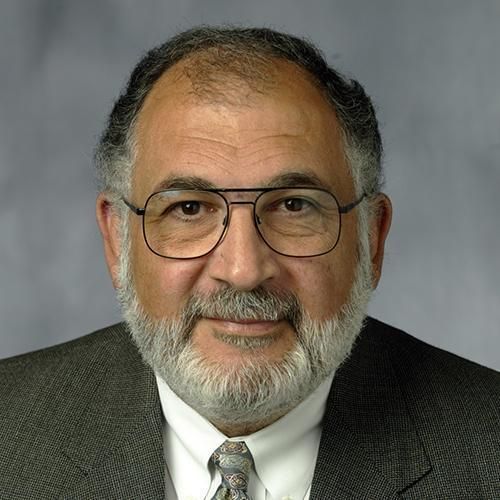Thermal oxidation of heavily doped silicon in the thin-film regime. Dopant behavior and modeling growth kinetics
A three-stage model is proposed to describe SiO2 growth kinetics and the behavior of high concentrations of phosphorus in silicon during oxidation in dry oxygen in the thin-film regime. In the first stage, the formation of a silicide phase at the interface depletes the dopants near the surface lowering the concentration of electrically active species. In the second stage, the flux of dopant atoms to the interface stops and the concentration of electrically active phosphorus increased at the interface from concentrations smaller than that in the bulk value to higher values. In the third stage, a steady-state concentration of electrically active phosphorus is reached at the interface. The time dependence of the concentration of electrically active phosphorus at the interface results is reflected in the oxidation kinetics. Modeling the oxidation kinetics in the three stages will be discussed.


